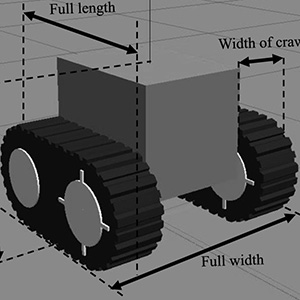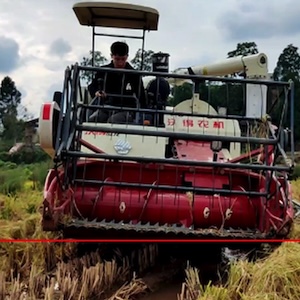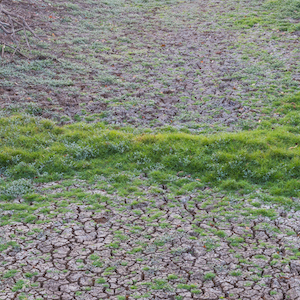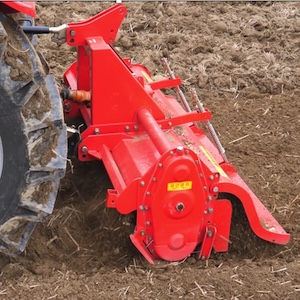Automatic travelling of agricultural support robot for a fruit farm. Verification of effectiveness of real-time kinematic-global navigation satellite system and developed a simulator for specification design

Appendix: 95
HTML: 121
All claims expressed in this article are solely those of the authors and do not necessarily represent those of their affiliated organizations, or those of the publisher, the editors and the reviewers. Any product that may be evaluated in this article or claim that may be made by its manufacturer is not guaranteed or endorsed by the publisher.
Authors
Labour shortages and fatal accidents in agricultural work have recently emerged as critical problems in Japan, necessitating productivity enhancement, workload reduction, and safety assurance. Therefore, in Japan and countries with similar agricultural environments, the use of small and inexpensive agricultural robots that can be employed in mountain farms and orchards is desirable. In this study, a dynamic positioning test was performed in orchards in a mountainous region to verify the positioning accuracy and stability of the global navigation satellite system (GNSS) and realtime kinematic (RTK)-GNSS. In addition, a simulator for an agricultural robot that could consider the environmental information of orchards was developed, and driving tests were conducted using the GNSS data acquired in the simulation. The error of the GNSS module was set to be higher than that for the measured value, and the robot travelling in the orchard was simulated. The results of GNSS positioning tests in an orchard near a mountainous area indicate that in the specific environmental conditions, the RTK-GNSS and stand-alone (SA)-GNSS can attain a positioning accuracy with an order of tens of centimetres and few metres, respectively. Moreover, the simulation results based on the GNSS positioning results indicate that a vehicle implementing RTK-GNSS and a simple obstacle detection sensor can travel autonomously in a farmyard without colliding with the tree rows. In contrast, a vehicle implementing SA-GNSS and a simple obstacle detection sensor cannot drive autonomously in an orchard and must realise selfpositioning using a more accurate sensor. Therefore, the proposed approach of realising simulations of autonomous agricultural robots based on GNSS data from a real orchard can facilitate the evaluation of practical agricultural robots and confirm safe travelling roots. Furthermore, the results demonstrate the possibility of developing small agricultural robots for orchards. We conducted the GNSS positioning test in an orchard at an altitude of approximately 830 m. A similar performance can be expected under alike agricultural situations because the error of the GNSS module was set to be higher than the measured value in the driving simulation test.
How to Cite

This work is licensed under a Creative Commons Attribution-NonCommercial 4.0 International License.
PAGEPress has chosen to apply the Creative Commons Attribution NonCommercial 4.0 International License (CC BY-NC 4.0) to all manuscripts to be published.
Similar Articles
- Fan Cui, Guoqi Dong, Baiping Chen, Penglin Yong, Suping Peng, Application of ground penetrating radar technology in moisture content detection of stored grain , Journal of Agricultural Engineering: Vol. 54 No. 1 (2023)
- Maria Lucia V. de Chiara, Maria Luisa Amodio, Francesco Scura, Luigina Spremulli, Giancarlo Colelli, Design and preliminary test of a fluidised bed photoreactor for ethylene oxidation on mesoporous mixed SiO2/TiO2 nanocomposites under UV-A illumination , Journal of Agricultural Engineering: Vol. 45 No. 4 (2014)
You may also start an advanced similarity search for this article.

 https://doi.org/10.4081/jae.2023.1355
https://doi.org/10.4081/jae.2023.1355











